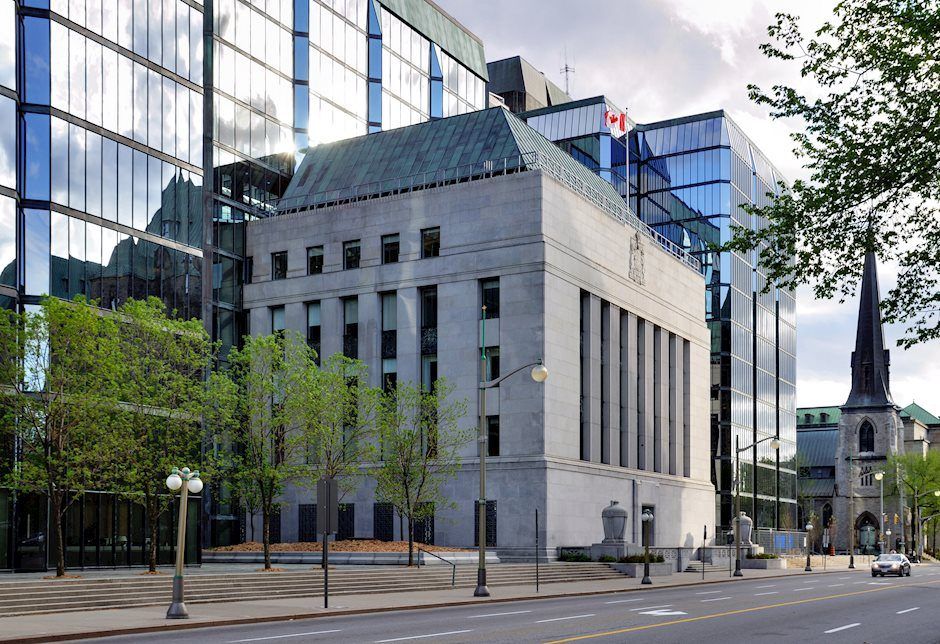BoC’s Kozicki: Interest rates need to remain high

Bank of Canada (BoC) Deputy Governor Sharon Kozicki said on Tuesday that interest rates need to remain high. She pointed out that they are concerned about the underlying inflation.
She explained that core measures of inflation have eased, but the latest Consumer Price Index report indicates that inflationary pressures are still broad-based.
Key takeaways from the speech:
Because inflation was very high last year, interest rates had to rise a lot. That’s why we acted forcefully and brought them up quickly. Inflation has come down, but it is still too high. And that tends to mean that real interest rates need to remain high.
When making monetary policy decisions, the Bank of Canada must consider the many ways that shifting economic circumstances affect different households. We don’t set our policy based on what is happening to one subset of households or to the price of any one good or service.
We are seeing signs that monetary policy is working. Both inflation and inflation expectations have come down, and excess demand in the economy is easing. And our past policy actions will continue to have an effect as they work their way through the economy.
However, in our most recent monetary policy decision, we also expressed concern about the persistence of underlying inflation. We will continue to evaluate whether the evolution of excess demand, inflation expectations, wage growth and corporate price-setting behaviour are consistent with achieving the 2% inflation target. We are prepared to raise the policy interest rate further if needed.
Market reaction
The USD/CAD is hovering around 1.3440, unaffected by Kozicki’s comments. The pair bottomed at 1.3378, the lowest in a month and then trimmed losses.
Author

Matías Salord
FXStreet
Matías started in financial markets in 2008, after graduating in Economics. He was trained in chart analysis and then became an educator. He also studied Journalism. He started writing analyses for specialized websites before joining FXStreet.

















